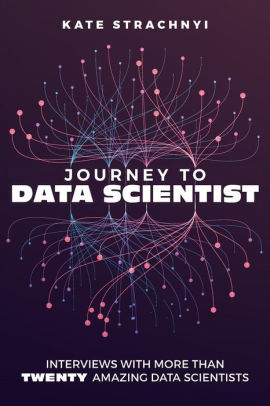Building a Data-cated Community with Kate Strachnyi
/Listen to the Episode
Subscribe to the Podcast
Episode Summary
Kate Strachnyi is a superhero.
Seriously.
She writes books, she works a full time job, she hosts the Humans of Data Science video channel, she’s a Udemy instructor for Tableau, she started the Datacated Weekly project, and she still has time leftover to be a mom and to run crazy-long marathons!
Dave and I were thrilled to sit down with Kate for a few minutes and learn about how she got into analytics and data science. Hint, it wasn’t her original career path!
We also learned a little about her role at her Big 4 consulting firm, where she works on executive reporting and analytics for the C-suite. She also helps drive Tableau and Power BI Self-service adoption across the different business teams. Her keys to getting people on board? Start with leadership buy-in and then simply show people the power of the tools. Software like Tableau and Power BI make it easy for non-technical users to jump in and start using their data.
“Show people that dashboards are not that hard to build. Once they see that there’s not much friction to get started, they’ll start using it.”
Kate has a huge following on LinkedIn and Twitter (for good reason). We asked her about the community she’s built around data. She says that the people side of data is the most interesting part of being in our industry. Learning and growing together is far more interesting than trying to do it alone.
And boy has she done just that. And she encourages you to create your OWN community! As we wrapped up our time together, she shared her step-by-step process for creating your own analytics or data science public project to start sharing insights and learning from others. You’ll be amazed at what happens when you do!
Thanks so much for coming on the show, Kate!
More about Kate
Connect with Kate on LinkedIn: in/kate-strachnyi-data
Check out Kate’s Website: storybydata.com
Follow Kate on Twitter: @StoryByData
Links and References
Udemy - Tableau Visual Best Practices: Go from Good to GREAT!
Book - Journey to Data Science
Book - The Disruptors: Data Science Leaders
Cathy O’Neil - @mathbabedotorg
Book - Weapons of Math Destruction by Cathy O’Neil
Book - Lean In by Sheryl Sandberg
Book - Extreme Ownership by Jocko Willink & Leif Babin






